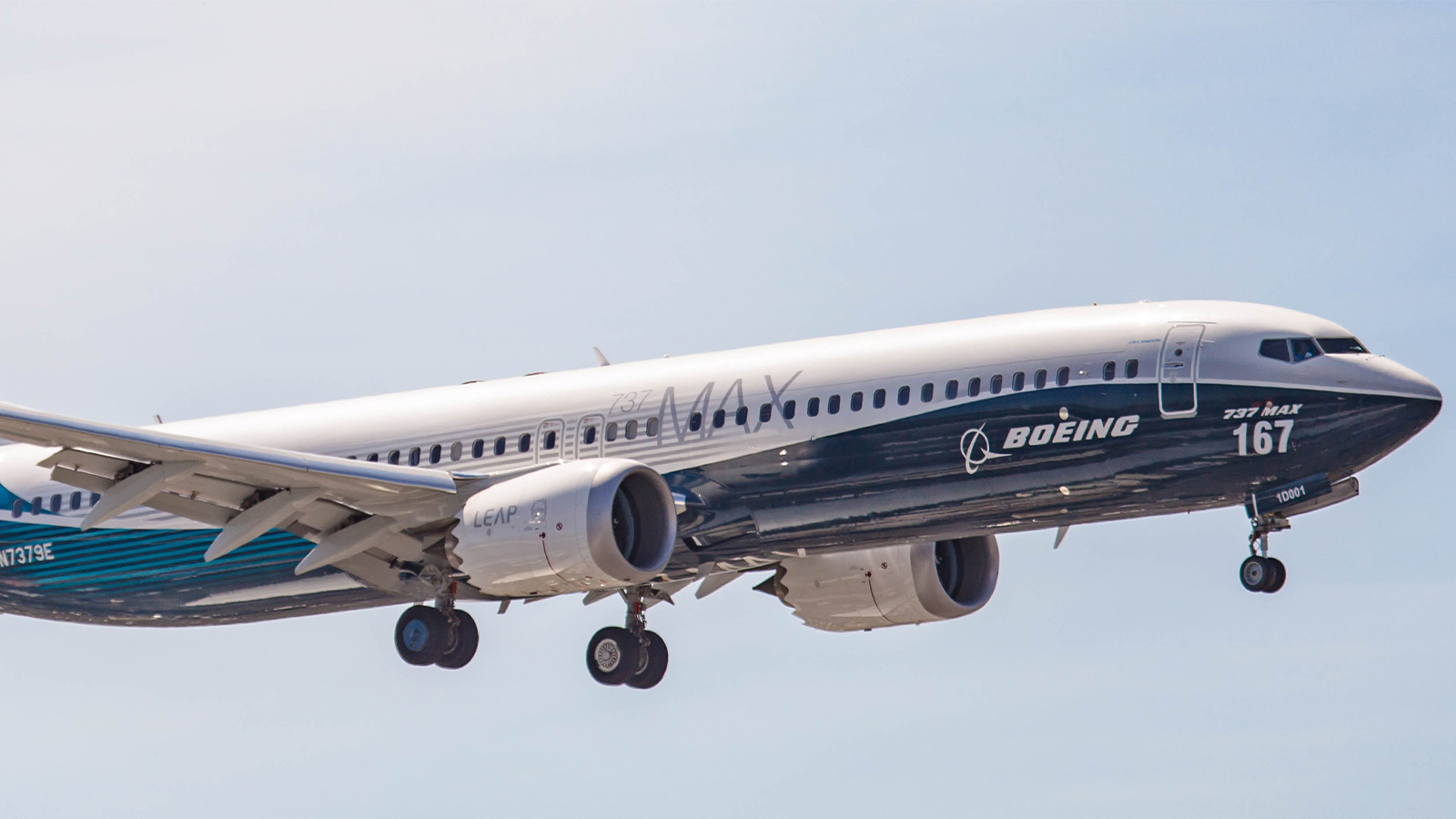Stay Up to Date
Submit your email address to receive the latest industry and Aerospace America news.
Boeing chairman and CEO Dennis Muilenburg noted in his Thursday apology video that the history of air transport shows that “most accidents are caused by a chain of events.”
Much of the investigative attention so far in the Lion Air and Ethiopia Airlines crashes has focused on one link in that chain, the plane’s anti-stall software. But based on what authorities have said so far, the first link in the chain was erroneous readings from an angle-of-attack sensor on both of the Boeing 737 MAX jets.
These metal vanes, one on each side of the fuselage, measure the angle between the pitch of the aircraft and flow of air around the plane by rotating to align with oncoming air flow. Investigators’ reports have indicated a faulty sensor reading led the flight computer and the anti-stall software to erroneously conclude that the nose had pivoted so high that the plane was in danger of stalling.
“To have two [AOA sensors] fail within months of each other on a same type of aircraft seems a bit unusual,” said Clint Balog, an aviation expert and professor at Embry-Riddle Aeronautical University in Florida.
The preliminary report from the Ethiopian Transport Ministry depicts a harrowing tug of war as the crew repeatedly pulled on the control yokes, sometimes called the columns, to lift the plane’s nose
“The Captain asked the First Officer to pitch up together and said that pitch is not enough,” the report reads. “The data indicates that aft force was applied to both columns simultaneously several times throughout the remainder of the recording.”
Though preliminary, the report removed any doubts about whether the Boeing anti-stall software was implicated in both the Ethiopian and Lion Air crashes. As Muilenburg put it, “it’s apparent that in both flights the Maneuvering Characteristics Augmentation System, known as MCAS, activated in response to erroneous angle of attack information.”
Boeing announced Friday it will “temporarily” reduce production on the 737 MAX jets starting mid-April to “prioritize additional resources to focus on software certification and returning the MAX to flight.”
“Safety is our responsibility, and we own it,” Muilenburg said.
Earlier statements from Boeing stressed that an MCAS software update was in progress, as well as more training for pilots. Muilenburg struck a different tone this time: “It’s our responsibility to eliminate this risk,” he said. “We own it and we know how to do it.”
Most commercial aircraft are equipped with at least two AoA sensors; it takes input from only one of them to activate MCAS. In the case of the Lion Air Flight, investigators reported the “Digital Flight Data Recorder (DFDR) recorded a difference between left and right Angle of Attack (AoA) of about 20 degrees.”
“If MCAS relies on one AoA sensor and it fails and gives a bad reading, MCAS is going to make a bad decision,” Balog said.
A spokesperson for United Technologies Corp., the parent company of the manufacturer for the 737 MAX’s AoA sensors, declined to comment.
Boeing says it is working on a software fix that will give flight crews the “ability to override MCAS.” The update will require the software to have data from both AoA sensors before initiating.
The investigations into the crashes of Lion Air Flight 610 and Ethiopia Airlines Flight 302, both Boeing 737 MAX jets, could take up to a year to complete, while Boeing said the new software will be implemented in the “weeks ahead.”
The 737 MAX remains grounded worldwide.
About cat hofacker
Cat helps guide our coverage and keeps production of the print magazine on schedule. She became associate editor in 2021 after two years as our staff reporter. Cat joined us in 2019 after covering the 2018 congressional midterm elections as an intern for USA Today.
Stay Up to Date
Submit your email address to receive the latest industry and Aerospace America news.




